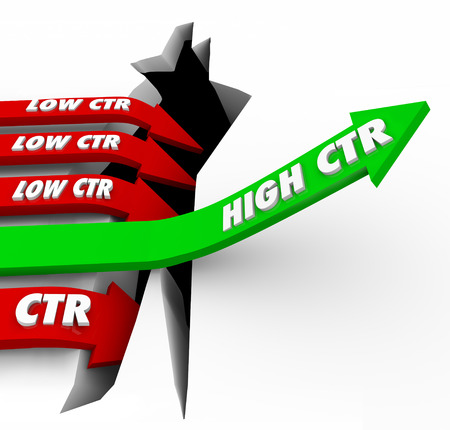Blog
Basic ad serving metrics: impressions, clicks and click-thru rate
 Ad serving metrics are essential for measuring the performance of your digital advertising campaigns and understanding your audience's behavior. Impressions, clicks, click-thru rate, conversions and events are some of the most common ad serving metrics that every marketer should know and understand. In this article, we will provide an overview of these metrics and explain how they can be used to evaluate the success of your advertising campaigns.
Ad serving metrics are essential for measuring the performance of your digital advertising campaigns and understanding your audience's behavior. Impressions, clicks, click-thru rate, conversions and events are some of the most common ad serving metrics that every marketer should know and understand. In this article, we will provide an overview of these metrics and explain how they can be used to evaluate the success of your advertising campaigns.
Impressions
Impressions refer to the number of times an ad has been displayed on a webpage. There are different types of impressions, depending on the ad server. A served impression, or delivered impression, is counted each time an ad is loaded on a webpage. A viewable impression is counted when at least 50% of the ad is visible on screen for at least one second. Impressions are sold using CPM rate, or cost per thousand impressions. For example, $5 CPM means that it costs $5 per 1000 impressions. Impressions are an important metric for measuring the reach of your ad campaign. The higher the number of impressions, the more people your ad has been exposed to.Clicks
Clicks refer to the number of times users have clicked on an ad. The ad server places a click tracker in the ad tag, records the click data when a viewer clicks on the ad and then redirects the viewer to the advertiser's landing page. A click leads the ad viewer to the advertiser's landing page, which could ultimately result in a purchase order. Clicks are sold using CPC rate, or cost per click. For example, $5 CPC means that it costs $5 per click. Clicks are an important metric for measuring the engagement of your audience with your ad. The higher the number of clicks, the more interested your audience is in your ad.Click-thru rate (CTR)
CTR is the ratio of clicks to impressions. It is calculated by dividing the number of clicks by the number of impressions. For example, a 1% CTR means that there is 1 click per 100 impressions. CTR is an important metric for measuring the effectiveness of your ad. A high CTR indicates that your ad is engaging and relevant to your audience.However, an abnormally high CTR could mean click fraud because you have too many clicks, some of them are fake clicks. In this case, you need to dig deeper to determine if fraudulent activities are happening or if it is typical for your industry or for a particular season. A low CTR means there are very few clicks given a number of impressions. This could mean the ad is ineffective and you need to make changes to it or it could mean that you have many fake impressions. Again, CTR is a very useful indicator but it needs other data in order to determine if it is within a normal range or something is off. CTRs vary by industry, by season and even by campaign so it is important to compare apple-to-apple.
Part 2 - Conversions and events
Related
- Basic ad serving metrics: conversions and events (part 2)
"In addition to impressions and clicks, conversions and events are two other important metrics that you should track when evaluating the performance of your ad campaigns. Conversions Conversions refer to the number of times a user completes a desired action after clicking on an ad. " More
- Problems of low ad viewability
"Ad viewability rate refers to the percentage of ad impressions that are actually seen by users. There is a difference between delivered impressions and viewable impressions. " More
- Problems with a low click-through rate
"Click-Through Rate (CTR) is a metric that measures the percentage of users who click on an ad after seeing it. For example, a 1% CTR means that there are about 10 clicks for every 1000 impressions. " More
Featured
- Ad serving opportunities for different publisher types (part 2)
- Ad serving opportunities for different publisher types
Popular
- Ad serving opportunities for different publisher types (part 2)
- How to design a good ad banner (part 2)
- Opportunities and challenges of video ad serving during live events
- Ad serving opportunities for different publisher types
- What to do when your website is showing a wrong ad or is not showing an expected ad? (part 2)
- What to do when your website is showing a wrong ad or is not showing an expected ad?